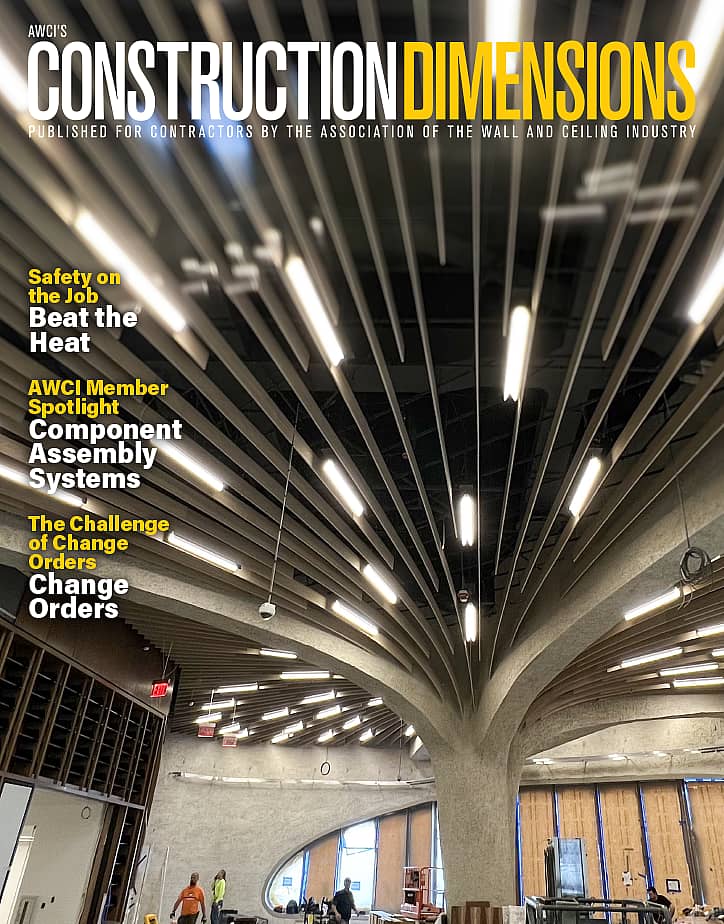The Marcum Commercial Construction Index for the second quarter of 2023, produced by Marcum’s National Construction Services group, reports that the construction industry retained momentum through the first half of the year despite ongoing headwinds in the form of labor shortages, high borrowing costs and tight credit conditions. While certain segments, like manufacturing-related construction, have continued to surge, spending in other segments has moderated as the economy slows.
Manufacturing-related Construction. Manufacturing-related construction continued to power the nonresidential segment through the second quarter. “Manufacturing-related construction—propelled by the Inflation Reduction Act, the CHIPS Act and the reshoring movement—continues to rise at an astonishing pace, up by more than 100% since the start of 2022,” said Anirban Basu, Marcum’s chief construction economist and author of the report. “Because of the size, scale and anticipated duration of many of these projects, not to mention the rate at which they’re being announced, manufacturing-related construction spending should remain elevated through the remainder of 2023.”
Material Price Stabilization. Material prices, which rose at an alarming rate during the early parts of the pandemic, have finally settled. “The pandemic-induced period of rapid construction input cost increases is firmly in the rearview mirror at this point,” said Basu. “Input costs were unchanged in June 2023 and are nearly 5% less expensive than in June 2022, according to the Producer Price Index.”
Persistent Wage Pressures. While input prices have stopped rising, wage pressures remain an issue for the industry. “Labor shortages, despite modest improvement in recent months, continue to frustrate hiring,” said Basu. “As of June, 4.5% of all construction jobs were open and unfilled. That’s well above the 3.9% rate at the start of the pandemic but well below the all-time high of 5.8% established in December 2022. Shortages are likely more severe in certain regions, especially those participating in the manufacturing-related construction boom.”
Outlook. Both the construction industry and the broader economy have held up better than anticipated through the first half of 2023. Still, high borrowing costs and weakness in the commercial real estate sector may reduce construction volumes in the coming months. “The upshot is that commercial real estate represents a real risk to the economy, albeit one surrounded by uncertainty, and construction projects may have a difficult time securing financing in the months ahead,” said Basu.
Marcum’s national construction leader, Joseph Natarelli, said, “Warning signs and historical trends of a downturn are out there and have been for a little while. The construction industry, always the first to feel the pinch and last to be relieved of it, saw some minor downturns this June. Jobs are plenty and unemployment is low, but nonresidential spending hasn’t grown over the past year, and that includes the increases we saw in governmental and infrastructure spending. For now, we are advising our clients to take a skeptical and informed eye to the future.”
- Events
-
-
- BUILD25: AWCI's Convention + Expo
March 31-April 3, 2025
Charlotte Convention Center
Charlotte, North CarolinaMore Events
-
-
-
- Education
-
-
- EIFS National CertificationDoing It Right ProgramsAdditional CoursesMore Learning Opportunities
-
-
-
- Media
-
- Resources
-
-
- Technical Resource LibraryHealth & SafetyFocuses & InitiativesMediaDirectories
-
-
-
- About
-




